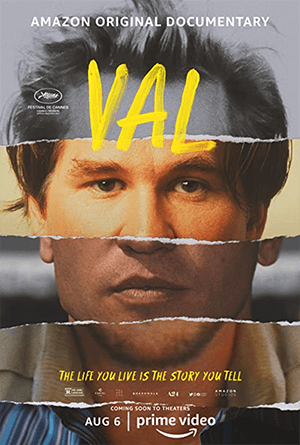By Dom Cioffi
In a couple weeks, I will drive to Jacksonville, Florida, where I’ll meet with my oncologist at the Mayo Clinic. I have been visiting this world-renowned hospital for the past five years, ever since being diagnosed with Stage 4 cancer in 2016.
If this appointment goes well (fingers crossed), they will transfer me from the category of “Cancer Free” (where I have resided for the past four years) to the category of “Cured.”
Hearing the word “cured” in association with the word “cancer” seems improbable, but the fact is that more people are surviving cancer than ever before thanks to new treatments and better care. Cancer used to be a death sentence; that’s not always the case anymore.
I don’t want to get ahead of myself, but I feel very fortunate given where I was just a few short years ago. And my heart breaks whenever I hear that someone has lost their own battle, knowing how hard it is to fight that fight.
I don’t know whether it’s just the passing of time or the brain’s way of dealing with immense pain and incessant stress, but I’ve forgotten much of what happened to me. What I do remember seems like a bad dream. And to be honest, that’s probably a good thing, since the cancer treatment I had was particularly painful to go through.
I do, however, remember snippets of events. Some of them were poignant moments, like ringing the bell at the hospital to signify the end of my treatments. But others were just random experiences that stood out in an otherwise foggy existence. One of those occurred in the men’s locker room at the hospital.
The Mayo Clinic is one of the preeminent hospitals in the world, so it’s not surprising that they have the treatment of cancer down to a science. This was most noticeable in the preciseness of their scheduling. I was at that hospital for either appointments, testing, or treatments nearly every day for three months and they were never late — not once.
I would arrive, check in, sit in the waiting room, and within five minutes, I was being ushered into the aforementioned locker room to start the process.
Once in the locker room, I would have to disrobe, put on a hospital gown, and then apply a special ointment to my neck and shoulders to combat the radiation burns inherent in my particular treatment. I would then wait for the nurse to arrive to take me in.
It was in the locker room where I would see other men who were going through the same process. What struck me at the beginning was how young I was compared to the other patients, most of whom were in their 60s and 70s.
Most of the time, the locker room was quiet as we all went through our pre- or post-treatment routines. Occasionally someone would offer a word of encouragement or a funny remark to break the tension, but mostly it was just quiet.
One day early on in my treatments, when I was still getting used to the process, an elderly man came back into the locker room after having his treatment. He did not look good. He was pale and hunched over and moving gingerly as he passed by me.
I could sense his discomfort, so something inside told me to offer him a kind gesture. I think, deep down, I was also hoping for confirmation that he was okay since I was likely heading toward his condition in the coming months.
When he happened to glance over at me, I said in the kindest voice I could muster, “Hang in there.”
He stopped and turned toward me, then reached up and touched his throat before stating in a nearly inaudible voice, “It’s better than dying.”
That’s when I realized he had tracheostomy.
A tracheostomy is when a surgeon cuts a small hole in your throat to aid in breathing. While it makes that activity easier, it generally makes talking next to impossible. My heart broke when I saw that… and then I got really scared that my future would involve the same outcome.

Luckily, I avoided that fate, but that moment has forever been etched in my mind.
I was reminded of that man and moment as I watched this week’s feature, “Val,” a documentary about the life and career of actor Val Kilmer. Kilmer also battled a cancer that left him with a tracheostomy and the inability to talk coherently — a cruel punishment for a man who made his living with his voice.
This documentary is creative, touching, and painful all in one package. If you ever admired this actor and his work, take a look into the events that shaped him and continue to shape him. It’s a worthy testament to a man who has given everything for his art.
A courageous “B+” for “Val,” available for streaming on Amazon Prime.
Got a question or comment for Dom? You can email him at [email protected].



